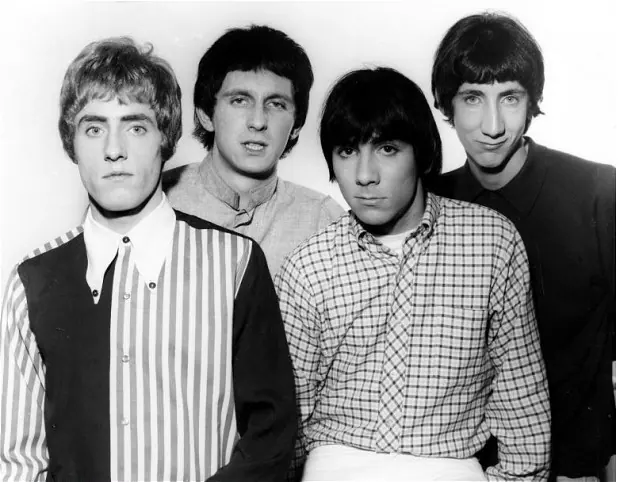Introduction
"I Can See for Miles" by The Who stands as a quintessential track from the 1960s, encapsulating the era's innovative spirit. Released in 1967 on the album "The Who Sell Out", this song showcases the band's knack for blending rock with psychedelic elements, making it a standout during the British Invasion.
Cultural Context
Emerging during a time of significant cultural shifts, "I Can See for Miles" reflects the experimental nature of the 1960s music scene. The decade was marked by the British Invasion, with bands like The Who leading the charge. This track's release coincided with a period of intense studio experimentation and the transition from mono to stereo sound, which allowed artists to explore new sonic landscapes.
Production & Sound
The production of "I Can See for Miles" is notable for its layered sound and dynamic arrangement. The song features a powerful drum performance by Keith Moon, which drives the track alongside Pete Townshend's intricate guitar work. The use of overdubbing and echo effects creates a sense of depth and space, enhancing its psychedelic rock vibe.
Notable Live Moment
A memorable live performance of "I Can See for Miles" took place during The Who's appearance on "The Smothers Brothers Comedy Hour" in 1967. This performance is often remembered for its explosive energy and the band's raw, live sound that captivated audiences and showcased their on-stage charisma.
Modern Legacy
Decades after its release, "I Can See for Miles" remains a significant track in The Who's discography. Its innovative production and timeless appeal continue to influence musicians and captivate new generations of listeners. The song's enduring popularity is a testament to its impact on the rock genre and its place in the history of 1960s music.






Comments (0)